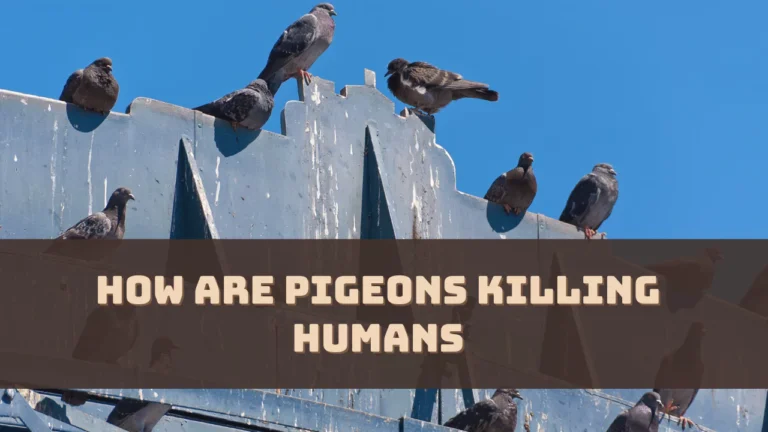Birds typically fly below 500 feet, except during migration when many species gain altitude, flying at 2,000 to 5,000 feet or even higher with the assistance of prevailing winds. While most birds avoid flying too high due to energy expenditure and potential dangers like exposure to higher winds or the keen vision of hawks, some exceptional species surpass these limits.
The Rüppell’s griffon vulture holds the record as the highest-flying bird, reaching an astonishing seven miles above the Earth, or 37,000 feet. This critically endangered species plays a crucial role in Africa’s ecology by flying long distances to feed on carrion, contributing to the health of ecosystems.
In this guide, we are about to discover how birds fly at great altitudes.
What is the Maximum Height a Bird can Reach?
It is quite difficult to calculate the exact height a bird can reach while flying. It has been reported that many birds build nests at the height of 13,123 feet and others, during migration, fly to altitudes of 13,000 feet, and some can fly even higher.
You can find small birds such as sparrows and hummingbirds at an altitude of 16,404 feet while some can even glide through the air currents at height 16,404 feet. Ducks such as the mallard variant can reach an altitude of 21,000 feet and Bar Headed Geese can be tracked at a height of 23,917 feet.
How Birds Navigate at Great Heights?
Birds who fly at a high altitude have a longer wingspan relative to their body when compared to birds flying at a lower range. These birds may vary in size, weight, and structure, but it has been seen that the longer the wings the better they can lift themselves up and reach a certain altitude.
However, other than wings there are other structural aspects that help the bird stay high up where the air gets less dense. When a bird flies higher they need to flap their wings harder and this increases the metabolic demand. Now, at this altitude, the oxygen level is limited. The air gets drier and colder, and due to the loss of water from breathing and evaporation, there is a chance of being more thirsty than usual.
Thus, certain physical adaptations are seen among birds to make an adjustment. Birds hyperventilate which helps to increase the oxygen intake while they are flying. However, this makes the blood more alkaline due to rapid breathing but the birds have a high tolerance to alkaline conditions which maintains the blood flow to the brain and body and keeps them healthy. Also, their hemoglobin has a high affinity for oxygen binding which maximizes the oxygen uptake.
What is a Roller Coaster Strategy?
Some birds use the roller coaster strategy while migrating for longer distances. This helps them to fly at great heights without any physiological suffering. Based on this strategy birds do not fly at a steady altitude throughout the journey, rather they climb and descend just like the contours of the terrain below and it resembles a roller coaster ride.
Birds travel for 2000 to 5000 kilometers and fly for 5 to 200 hours. They have to cross altitudes that range from 4000 m to 5500 m and this strategy helps them to conserve energy. Also, if birds fly at higher altitudes they would have fewer predators. Moreover, the cool temperature, at this altitude, keeps the birds from overheating and the tailwinds help them to fly without any effort.
At What Height Birds Cannot Fly Anymore?
When the air becomes thinner at 100 kilometers above the earth, this space becomes difficult for a bird or even an aircraft to fly. Birds can reach a maximum distance of 5 kilometers, and beyond this, they would fall down due to difficulty in breathing even if they keep flapping their wings.
Can Birds Fly Through Clouds?
Yes, birds can fly through clouds, but based on the density and thickness of the cloud. Usually, birds are capable of flying through the clouds which are thin, wispy, and not dense, otherwise, it would create turbulence and reduce the visibility of the birds. Denser clouds also indicate storms and so it becomes a challenge for the birds to overcome.




